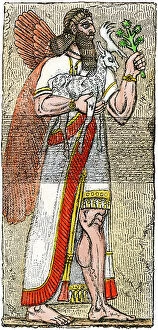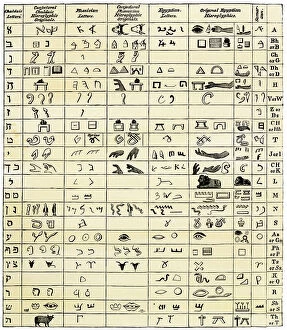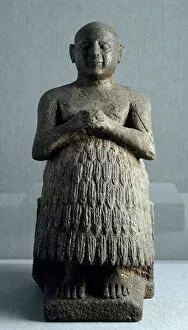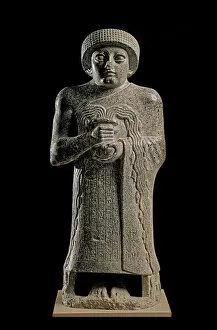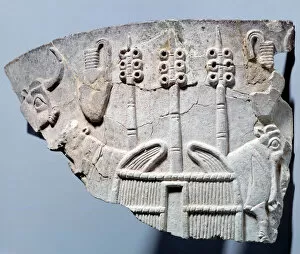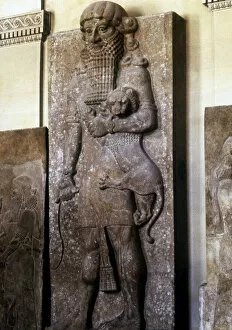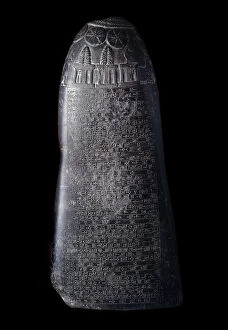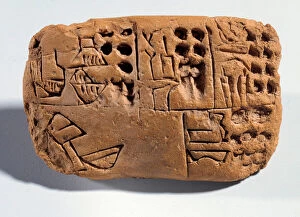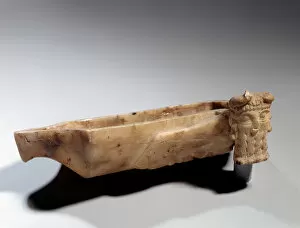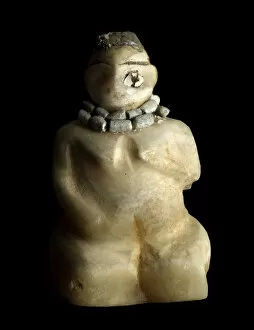Sume Collection
"Discover the Rich Artistic Heritage of Sumer: Mesopotamia's Ancient Masterpieces" Step back in time and immerse yourself in the captivating world of Sumer
For sale as Licensed Images
Choose your image, Select your licence and Download the media
"Discover the Rich Artistic Heritage of Sumer: Mesopotamia's Ancient Masterpieces" Step back in time and immerse yourself in the captivating world of Sumer, an ancient civilization that thrived in Mesopotamia. Through mesmerizing artifacts, such as the low relief limestone sculpture of Ur-Nanshe, King of Lagash, and the diorite sculpture depicting Dudu de Lagash, a priest and scribe from 2600 BC, we gain insight into their remarkable artistic prowess. One cannot help but be awestruck by the scene captured on a vase from the temple of Inanna—a fierce battle between a lioness and a snake—an embodiment of power and symbolism. Similarly striking is Gudea's statue with its gushing vase detail; this masterpiece crafted around 2120 BC showcases exceptional skill. The artistry extends beyond sculptures to jewelry like the necklace adorned with beads and pendants used for weddings—testaments to their intricate craftsmanship. The bronze Pie Taurus sculpture further exemplifies their mastery over materials as it gleams with silver inlay. Gudea's libation vase dedicated to Ningishzidda during the Neo-Sumerian period stands as another testament to Sumerian artistry. Carved from alabaster found at Khorsabad Palace, it tells stories through its delicate design. Delving deeper into this rich heritage reveals more wonders—the stunning statue of Intendant Ebih-il sculpted from albaster and shell; copper bull heads serving as furniture or harps during the Sumerian period; even an Eastern antiquity featuring a bronze statuette known as "Pie Androcephale. " These masterpieces provide glimpses into daily life, religious beliefs, myths, legends—all preserved through time for us to marvel at today. Let us celebrate these extraordinary works that continue to captivate our imagination while honoring those who left behind such awe-inspiring legacies.


